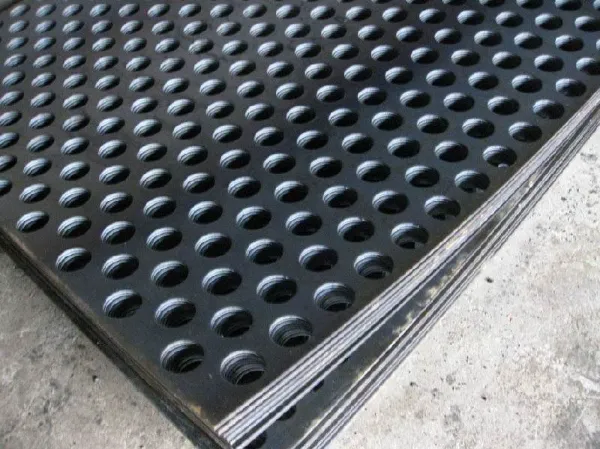Understanding Sound Barrier Screens A Comprehensive Overview
In an increasingly urbanized world, noise pollution has become a significant concern for both public health and environmental quality. One of the strategies employed to mitigate this issue is the implementation of sound barrier screens, which are designed to reduce the transmission of sound from high-traffic areas to surrounding neighborhoods. This article explores the concept of sound barrier screens, their design, effectiveness, and benefits.
What Are Sound Barrier Screens?
Sound barrier screens, also known as noise barriers or sound walls, are structures constructed along highways, railways, and industrial zones to block or reflect sound waves. Typically made of materials such as concrete, wood, metal, or earth mounds, these screens are strategically placed to create a physical barrier between noise sources and residential areas. The primary goal is to lower the decibel levels of noise experienced by inhabitants on the other side of the barrier.
Design and Materials
The design of sound barrier screens can vary significantly depending on the specific needs of the environment and the stakeholders involved. Key factors influencing the design include the height, thickness, and material used. Taller barriers are generally more effective at reducing noise, as sound waves can easily travel over shorter obstacles. However, the aesthetic aspect of the barrier is equally important. Many modern sound barriers are designed to blend into the landscape or incorporate artistic elements to minimize visual impact while fulfilling their primary function.
Materials play a critical role in the performance of sound barriers. Concrete and masonry are commonly used due to their mass and density, which effectively absorb and reflect sound. On the other hand, earth mounds, or berms, are more environmentally friendly and can also provide vegetation opportunities that promote biodiversity. Additionally, some innovative designs utilize sound-absorbing materials, like acoustic panels that are engineered specifically to mitigate noise pollution.
Effectiveness of Sound Barrier Screens
The effectiveness of sound barrier screens is influenced by various factors, including their height, distance from the noise source, and the nature of the terrain. Research has shown that barriers can achieve significant reductions in noise levels, often reaching reductions of 5 to 10 decibels or more. It’s essential to note that while sound barriers are effective, their impact also depends on how sound waves propagate in a given environment.
sound barrier screens

Some studies indicate that sound barriers are most beneficial for lower-frequency sounds, such as those produced by trucks and trains, compared to higher-frequency sounds caused by other sources. Therefore, a thorough analysis of the specific noise characteristics is crucial for determining the design and placement of sound barriers.
Benefits of Sound Barrier Screens
The benefits of sound barrier screens extend beyond just noise reduction. They offer several advantages for communities and the environment
1. Improved Quality of Life Reducing noise pollution can lead to better sleep quality, increased productivity, and overall well-being for residents living near noisy infrastructures.
2. Enhanced Property Values Homes located near noisy highways often suffer in value. Effective sound barriers can help maintain or enhance property values in adjacent neighborhoods by creating a more peaceful environment.
3. Environmental Benefits Some barriers incorporate vegetation, which not only adds to the aesthetic appeal but also provides habitats for wildlife, improves air quality, and contributes to overall ecological health.
4. Community Cohesion By minimizing noise pollution, communities can foster a more inviting atmosphere for social interaction and community activities, promoting a sense of belonging among residents.
Conclusion
In summary, sound barrier screens are a vital component of noise mitigation strategies in urban areas. By understanding their design, effectiveness, and benefits, stakeholders can make informed decisions that enhance both the acoustic environment and the quality of life for residents. As cities continue to grow and evolve, the implementation of sound barriers will likely play a crucial role in creating harmonious living spaces for future generations.
-
Versatility of Expanded Aluminum Metal for Various Applications
NewsMay.19,2025
-
The Geometry of Steel Gratings: Why It Matters
NewsMay.19,2025
-
Reinforcement Applications of Perforated Mesh in Masonry
NewsMay.19,2025
-
Essential Tools for Installing a Deck Mesh Railing
NewsMay.19,2025
-
Anti-Slip Flooring Made with Stainless Expanded Mesh
NewsMay.19,2025
-
Adjustable Steel Grating for Uneven Terrain
NewsMay.19,2025
Subscribe now!
Stay up to date with the latest on Fry Steeland industry news.

